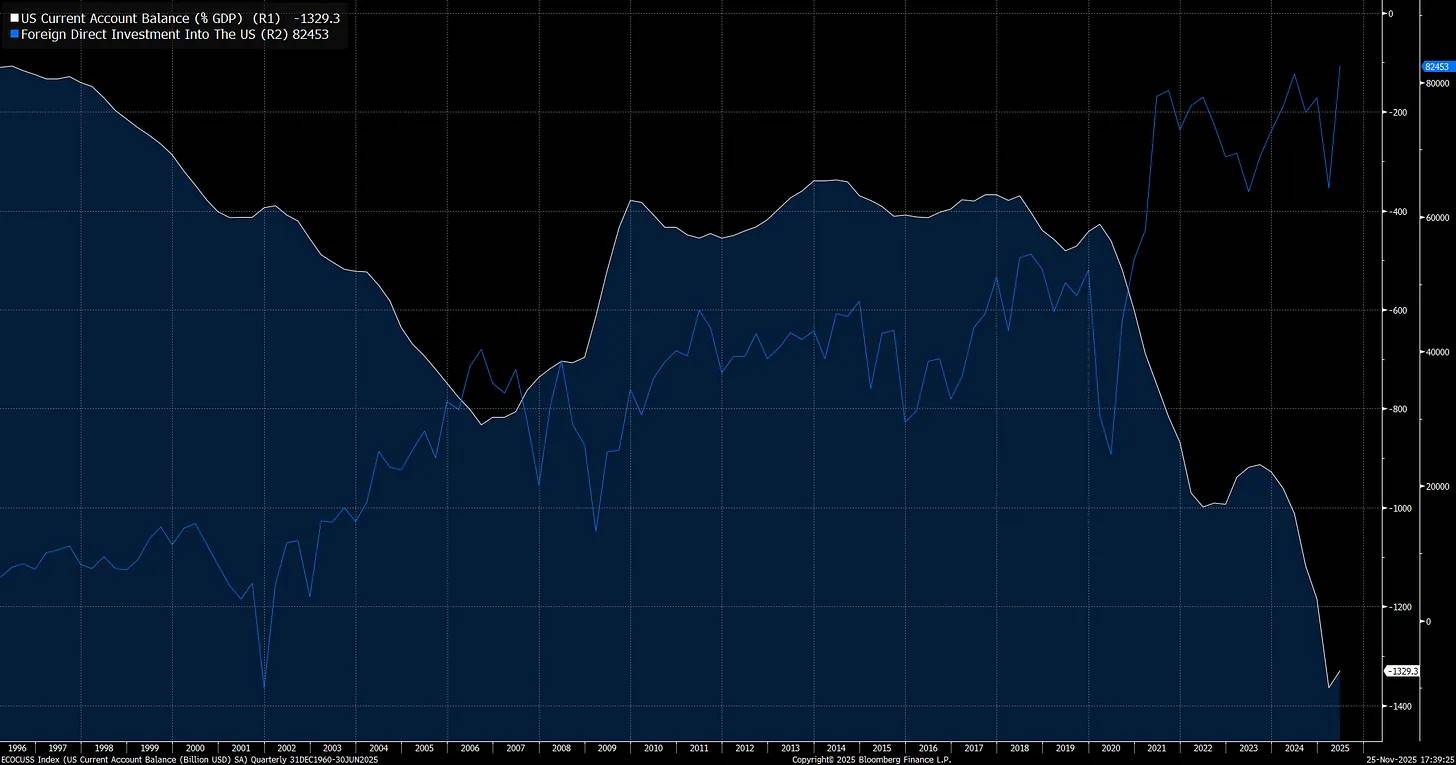EnerSys and the Strategic Value of IRC Section 45X Tax Credits: Reshaping U.S. Manufacturing and Shareholder Value
- EnerSys leveraged IRA's 45X tax credits to boost 2025 EPS by 82%, unlocking $30–35M in one-time gains. - The production-based 45X credit incentivized U.S. clean energy manufacturing, tripling sector investment to $89B (2023–2024). - Transferable 45X credits created a liquid market, reaching 96¢/dollar in 2024 as companies monetized incentives directly. - EnerSys' focus on non-phaseout battery materials ensures sustained benefits through 2032, reinforcing long-term margins. - The 45X program exemplifies h
The Inflation Reduction Act (IRA) of 2022 has redefined the calculus of U.S. manufacturing, and no company exemplifies this shift more clearly than EnerSys . The battery and energy storage giant has leveraged the Advanced Manufacturing Production Tax Credit (AMPTC), codified under IRC Section 45X, to transform its financial performance while accelerating the nation's transition to clean energy. For investors, EnerSys's strategic use of these credits offers a masterclass in how tax incentives can reshape industrial competitiveness and unlock shareholder value.
The 45X Tax Credit: A Catalyst for Domestic Manufacturing
The AMPTC, part of the IRA's $369 billion clean energy package, is designed to incentivize the production of critical components for renewable energy systems. Unlike traditional investment-based tax credits, 45X is a production-based credit, meaning it rewards manufacturers for actual output rather than capital expenditures. This structure aligns with the U.S. government's goal of building resilient supply chains for technologies like batteries, solar panels, and critical minerals.
EnerSys, a leader in industrial battery systems, has capitalized on this framework. In fiscal 2025 alone, the company received a $137 million tax refund tied to its U.S. battery production, with additional incremental benefits from updated Treasury Department regulations. These rules expanded the scope of eligible inputs, allowing EnerSys to refine its credit calculations and secure an estimated $3–$4 million in quarterly benefits. The cumulative impact? A one-time catch-up adjustment of $30–$35 million in Q3 2025, directly boosting earnings per share (EPS).
Shareholder Value: From Tax Refunds to Earnings Growth
The financial implications for EnerSys are staggering. In Q4 2025, the company reported adjusted diluted EPS of $2.97, with the 45X credits accounting for $1.11 of that figure. For the full fiscal year, adjusted diluted EPS surged to $10.15, compared to $5.58 without the tax credit benefits. This 82% increase underscores the credit's role in amplifying profitability.
But the benefits extend beyond short-term gains. EnerSys projects annual tax credits of $135–$175 million through 2032, with these credits reducing cost of goods sold and being non-taxable. This creates a durable tailwind for margins, enabling the company to reinvest in R&D, expand production capacity, and maintain pricing power in a competitive market.
Industry-Wide Implications: A New Era for U.S. Manufacturing
EnerSys's success is not an outlier. The 45X tax credit has catalyzed a broader manufacturing renaissance. Since the IRA's passage, U.S. clean energy manufacturing investment has tripled, surging from $22 billion (2020–2022) to $89 billion (2023–2024). Battery and solar manufacturing, in particular, have seen explosive growth, with domestic production capacity now exceeding current deployment levels.
The transferability of 45X credits has further amplified their impact. Unlike traditional tax credits, which are often underutilized by companies with limited tax liabilities, 45X allows manufacturers to sell credits to third parties. This creates a liquid market where credits can be monetized immediately, providing capital for expansion. In 2024, 45X credits accounted for 26.9% of the transferable tax credit market, with prices rising from 89 cents to 96 cents per dollar as confidence in the program grew.
Risks and Considerations
While the 45X program is a powerful tool, it is not without risks. Regulatory changes, trade tensions, and project cancellations (e.g., $6.9 billion in Q1 2025) highlight the sector's vulnerability to policy shifts. For EnerSys, the phaseout of 45X credits for certain components by 2032 could also impact long-term margins. However, the company's focus on critical minerals and battery materials—categories not subject to phaseouts—positions it to sustain benefits well into the next decade.
Investment Thesis: A Win-Win for Industry and Investors
EnerSys's strategic use of 45X credits illustrates a broader trend: tax incentives are no longer just cost-saving measures—they are growth accelerators. For investors, this means prioritizing companies that can effectively monetize these credits while scaling production. EnerSys's ability to convert tax benefits into earnings growth, coupled with its leadership in a high-demand sector, makes it a compelling case study.
The key takeaway? The 45X tax credit is reshaping U.S. manufacturing by aligning financial incentives with industrial strategy. For EnerSys, this has translated into a 50%+ boost in EPS and a clear path to sustained profitability. For the broader market, it signals a shift toward domestic value chains and a reinvigoration of American manufacturing.
As the clean energy transition accelerates, companies that master the art of tax credit monetization—like EnerSys—will not only survive but thrive. For investors, the lesson is clear: the future of U.S. manufacturing is being written in the language of production-based incentives, and those who read it best will reap the rewards.
Disclaimer: The content of this article solely reflects the author's opinion and does not represent the platform in any capacity. This article is not intended to serve as a reference for making investment decisions.
You may also like
Interview with VanEck Investment Manager: From an Institutional Perspective, Should You Buy BTC Now?
The support levels near $78,000 and $70,000 present a good entry opportunity.

Macroeconomic Report: How Trump, the Federal Reserve, and Trade Sparked the Biggest Market Volatility in History
The deliberate devaluation of the US dollar, combined with extreme cross-border imbalances and excessive valuations, is brewing a volatility event.

Vitalik donated 256 ETH to two chat apps you've never heard of—what exactly is he betting on?
He made it clear: neither of these two applications is perfect, and there is still a long way to go to achieve true user experience and security.

Prediction Market Supercycle
